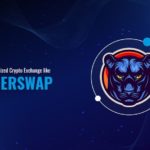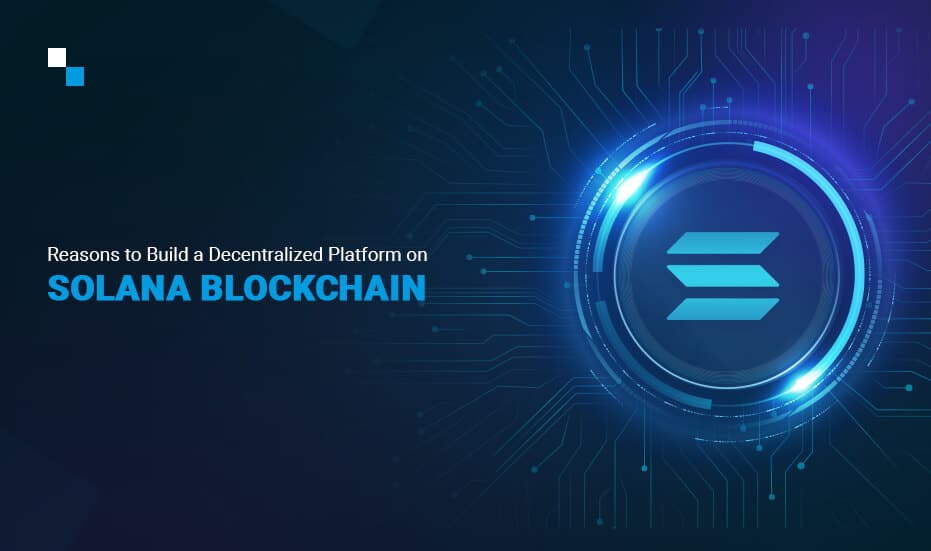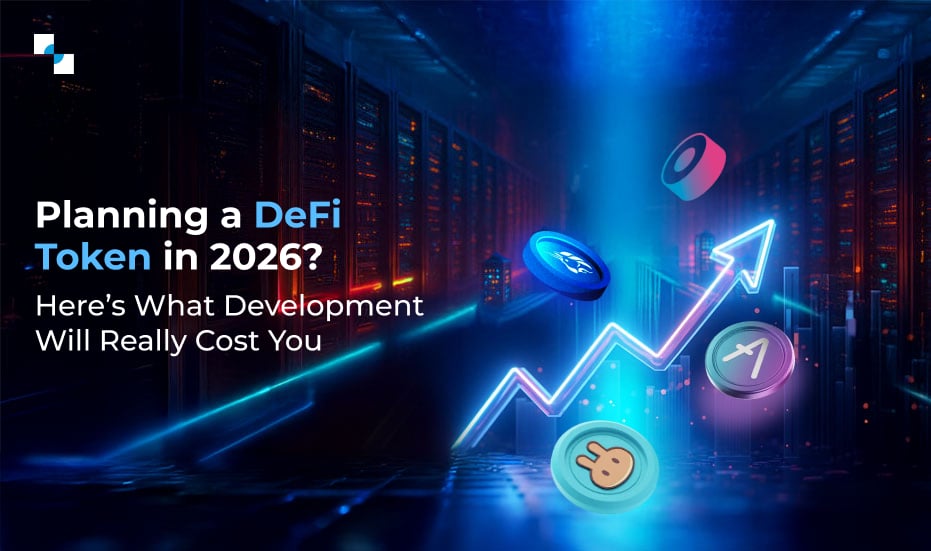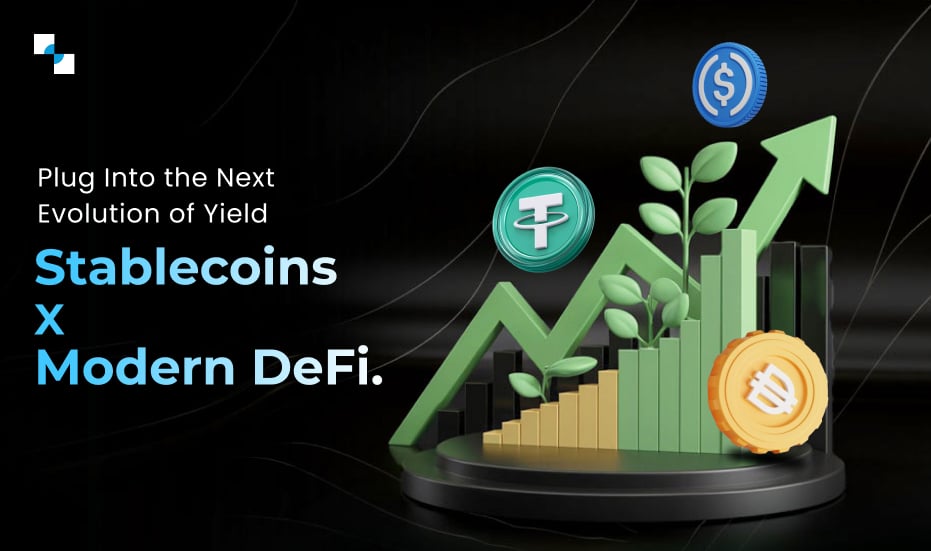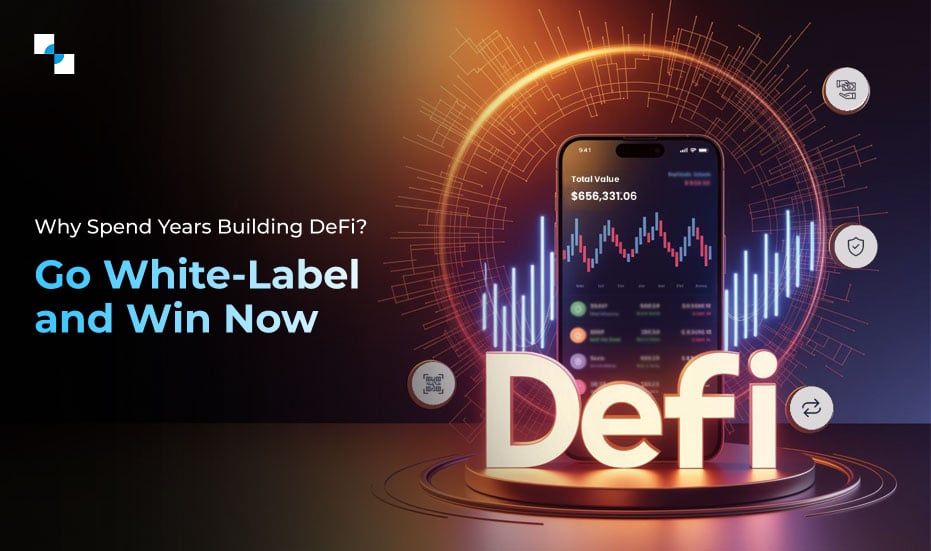What exactly is Solana?
If you are following up with crypto finance then most likely you are familiar with trends around DeFi development on Solana blockchain. Solana is a rapidly advancing blockchain technology all around the world. It primarily focuses on the users’ needs for high transaction speed while consuming minimal gas and throughput.
Solana is a crypto computing platform that uses the SOL cryptocurrency as its native currency. It’s utilized for staking and transaction fees. It also allows holders to vote on whether the platform should be upgraded in the future.
What Separates Solana Blockchain From Other Blockchain Networks?
When you see Bitcoin, you should know that it was created more than a decade ago. It has solved several complex challenges for customers who want to conduct transactions over the internet from anywhere globally without having to go through a payment processor like Visa or PayPal.
Solana aims to make crypto networks more durable, faster, and scalable. It manages a variety of ingenious technologies, including a revolutionary “Proof of History” method.
Proof of History (POH) is a clock that runs before consensus in the Solana Blockchain. Before the consensus algorithm, Solana features a PoH clock.
Practical Byzantine Fault Toleration with Tower BFT is a PoH-optimized version of Practical Byzantine Fault Toleration. Tower BFT is a consensus algorithm that is similar to PBFT. Making use of a synchronized clock is functional. Without the need for a system with a lot of communications overhead and transaction latency,
The turbine is a protocol for block propagation. The turbine protocol can make data transmission to blockchain nodes straightforward. It decomposes the data into smaller chunks. Solana will have no trouble pointing out the bandwidth concerns. Also, to speed up transactions.
Gulf Stream is a transaction forwarding protocol that does not use a mempool. It is crucial in terms of transaction caching and forwarding to the network. The validators can then complete transactions ahead of time, allowing for faster leader switching, shorter confirmation times, and less memory load on validators due to unconfirmed transaction pools. As a result, this protocol can handle 50k TPS.
Parallel smart contracts functioning in real-time at Sealevel are enabled in Solana, making it a unique feature. Sealevel is a horizontally scalable hyper-parallelized transaction processing engine that runs on GPUs and SSDs.
For validation optimization, a pipeline is a Transaction Processing Unit. The Pipeline assigns separate hardware to distinct streams of input data. This approach allows a transaction to be validated and duplicated fast across the network’s nodes.
Database of Horizontally-Scaled Accounts from Cloudbreak. It features an excellent data structure for network reads and stores that data at the same time.
On Solana, data is transferred from validators to Archivers, a network of nodes. Archivers are used to store data.
Launch your own DeFi Platform on Solana blockchain
Schedule Free DemoWhy is DeFi development on Solana superior to other DeFi products?
Solana supports 65,000 TPS and is lightning fast (transactions per second). It could scale up to 111,000 in a test lab (in May 2020). Solana was built to expand with technology and bandwidth, ensuring that its performance improves with the industry’s expansion.
Cost-effective
Solana charges a very minimal transaction fee: $0.00001. This is an ideal setting for DeFi apps looking to save money.
Decentralized
Decentralization is a crucial necessity of blockchain, and Solana brilliantly fulfils it. One hundred twenty-eight independent validators currently secure the Solana Blockchain Network on the Solana MainNet.
Source code is freely available.
Anyone may get a node up and running quickly by downloading Solana’s code directly from Solana Lab’s Github. The team did an excellent job of describing how Solana Docs’ technology works.
A Trustworthy companion
Solana announced cooperation with Chainlink in March 2020 to offer DeFi high-speed Oracle data feeds.
Terra, a stable coin token bridge, is another critical relationship. The idea is to create a new high-speed token bridge that will make transferring Terra stablecoins into the Solana Dapp ecosystem much more efficient. These tokens are the network’s first stable coins. Solana wants to make it easier for additional developers and new applications that require price-stable payments to enter the market.
Built on Rust
According to Github’s “The State of the Octoverse,” Rust, the language that underpins Solana, is one of the fastest-growing languages. Rust aided the team in resolving memory safety and thread concurrency difficulties. Facebook’s Libra Project also uses Rust.
Today, a framework called Anchor is gaining traction. In Solana, it serves the same purpose as Truffle in Ethereum.
Summary
We hope this post has given you a better understanding of Solana’s potential in the DeFi development scenario. This introduction aims to demonstrate why it’s worthwhile to keep a watch on open-source blockchain projects.
Intrigued? Contact us to learn more about how we work on DeFi development on the Solana blockchain.
